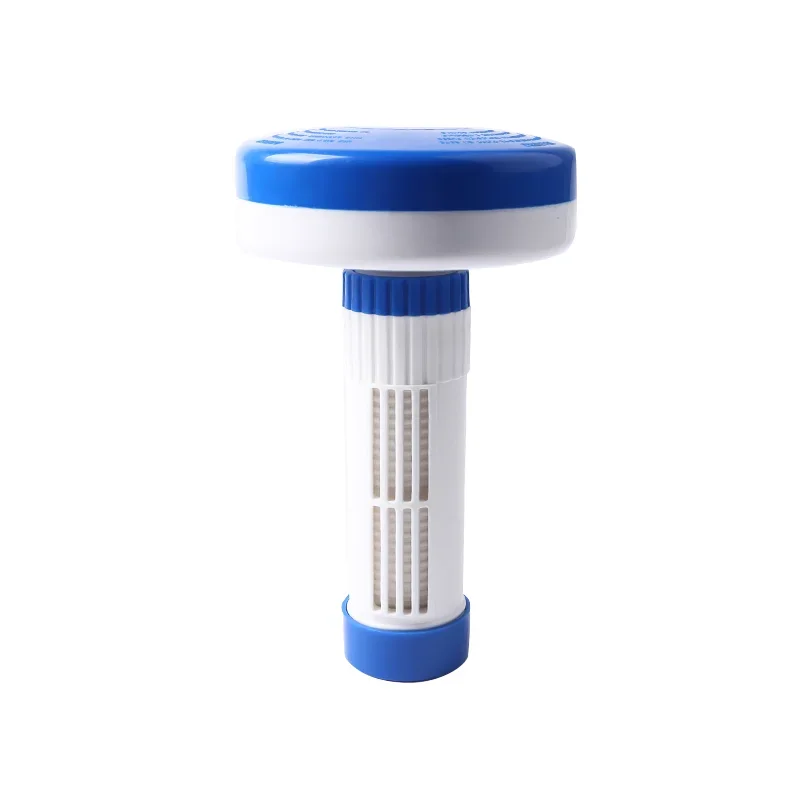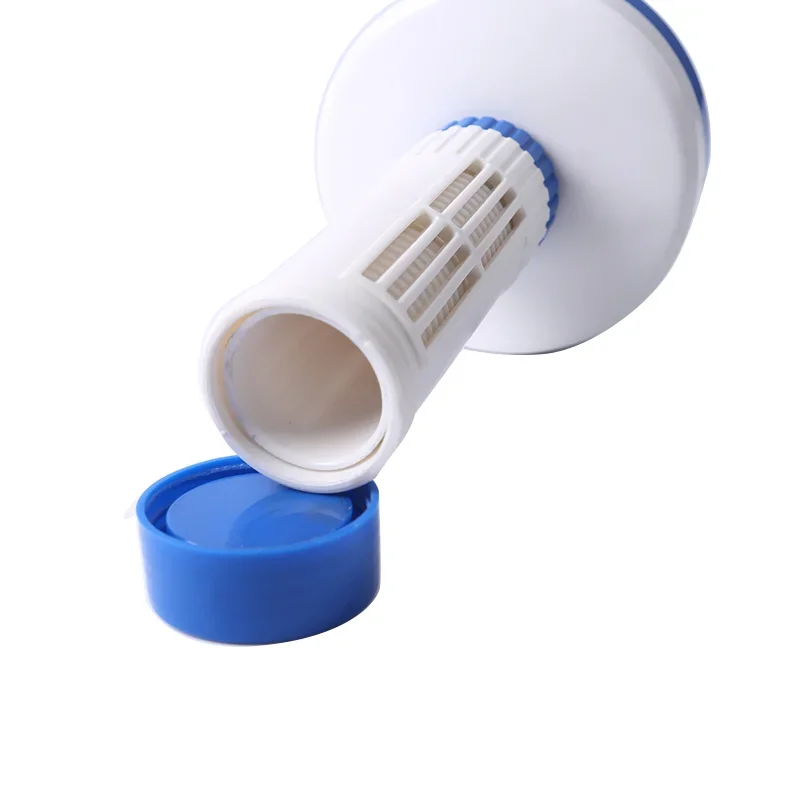Maintaining a clean and safe swimming pool is essential for the enjoyment and health of its users. One of the key components in pool maintenance is the proper sanitization of the water. Chlorine dispensers have emerged as a popular and effective solution for ensuring the right levels of chlorine in the pool. In this article, we will explore the various aspects of chlorine dispensers, including their types, advantages, installation and maintenance, best practices for usage, troubleshooting common issues, and frequently asked questions.
Understanding Chlorine Dispensers
Chlorine dispensers are devices designed to release chlorine into the pool water at a controlled rate. Chlorine is a widely used sanitizer that effectively kills bacteria, viruses, and other harmful microorganisms present in the water. By maintaining the appropriate chlorine levels, pool owners can ensure a safe and hygienic swimming environment.
Types of Chlorine Dispensers
Floating Chlorine Dispensers: These are the most common type of chlorine dispensers and are designed to float on the surface of the pool water. They typically have a chamber or basket where chlorine tablets or sticks can be placed. As the dispenser floats, it slowly releases chlorine into the water.
In-line Chlorine Dispensers: These dispensers are installed in the pool's plumbing system, usually after the pump and filter. They are connected to the pool's circulation system and release chlorine as the water flows through them. In-line dispensers are often used in larger pools or commercial settings.

Advantages of Chlorine Dispensers
Convenience: Chlorine dispensers offer a convenient way to maintain chlorine levels in the pool. They eliminate the need for manual dosing and reduce the frequency of testing and adjusting chlorine levels.
Consistent Chlorine Levels: By releasing chlorine at a controlled rate, dispensers help maintain consistent chlorine levels in the pool. This ensures effective sanitization and prevents the growth of algae and other contaminants.
Cost-effective: Chlorine dispensers can help reduce chlorine consumption by ensuring a steady release of chlorine. This can result in cost savings over time, as less chlorine is wasted or overused.
Installation and Maintenance of Chlorine Dispensers
Floating Chlorine Dispensers: To install a floating dispenser, simply place the chlorine tablets or sticks in the chamber or basket and let it float in the pool. Ensure that the dispenser is positioned away from the pool's skimmer or return jets to prevent interference with water circulation.
In-line Chlorine Dispensers: Installing an in-line dispenser requires some plumbing work. It is recommended to consult a professional or follow the manufacturer's instructions for proper installation. Regular maintenance of in-line dispensers involves checking for clogs or blockages and ensuring the dispenser is functioning properly.

Best Practices for Chlorine Dispenser Usage
Regular Testing: Even with a chlorine dispenser, it is important to regularly test the pool water to ensure the chlorine levels are within the recommended range. Test kits or test strips can be used to measure chlorine levels and adjust the dispenser settings if necessary.
Proper Placement: For floating dispensers, ensure they are placed in an area of the pool with good water circulation. This will help distribute the chlorine evenly throughout the pool. Avoid placing the dispenser near the pool's skimmer or return jets, as this can interfere with its effectiveness.
Monitor Chlorine Tablets/Sticks: Check the chlorine tablets or sticks in the dispenser regularly. Replace them when they have dissolved or when their effectiveness diminishes. This will ensure a consistent release of chlorine into the water.
Troubleshooting Common Chlorine Dispenser Issues
Dispenser Not Floating Properly: If the floating dispenser is not floating properly, check for any obstructions or debris that may be weighing it down. Clean the dispenser and remove any debris that may be preventing it from floating freely.
Inadequate Chlorine Levels: If the pool water is not maintaining the desired chlorine levels, check the dispenser settings and adjust them if necessary. Also, ensure that the chlorine tablets or sticks are not expired or degraded, as this can affect their effectiveness.

Frequently Asked Questions (FAQs)
How often should I refill the chlorine dispenser?
The frequency of refilling the chlorine dispenser depends on factors such as the size of the pool, the chlorine tablet or stick used, and the desired chlorine levels. It is recommended to check the dispenser regularly and refill it when the chlorine tablets or sticks have dissolved or when their effectiveness diminishes.
Can I use other types of sanitizers with chlorine dispensers?
While chlorine dispensers are primarily designed for use with chlorine tablets or sticks, some dispensers may be compatible with other types of sanitizers. It is important to consult the manufacturer's instructions or seek professional advice before using alternative sanitizers with chlorine dispensers.
What should I do if the chlorine dispenser is not floating properly?
If the floating dispenser is not floating properly, check for any obstructions or debris that may be weighing it down. Clean the dispenser and remove any debris that may be preventing it from floating freely. If the issue persists, consider replacing the dispenser with a new one.
Conclusion
Chlorine dispensers offer a convenient and effective solution for maintaining the appropriate chlorine levels in swimming pools. By understanding the different types of dispensers, their advantages, installation and maintenance procedures, best practices for usage, and troubleshooting common issues, pool owners can enhance their pool maintenance efforts and ensure a clean and safe swimming environment. Regular testing, proper placement, and monitoring of chlorine tablets or sticks are key to maximizing the effectiveness of chlorine dispensers.


